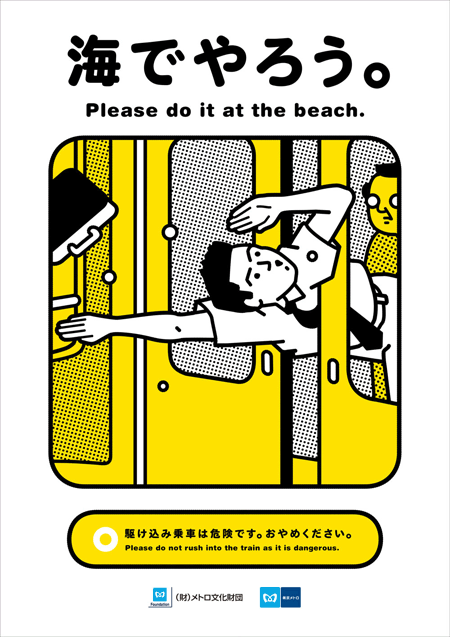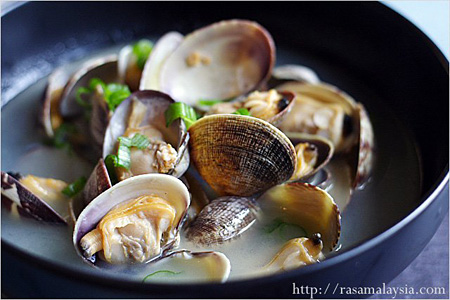Main streets, is the major arteries in a city. Like the main body of human, they are important representatives. Main streets in Tokyo are ordered, hustle and bustle. And because of being an international city, the style of main streets in Tokyo merges some foreign feelings and thus these main streets are not so Japanese style. A lot of stores on the streets which all have their own features also reflect the ability of Japanese of doing well on business. The owners of the shops either wait quietly in the store or yell out loud to attract the customers. But more often I see the owners sweeping the floors outside, as if cannot even stand a second of the dirt. The plan of the main streets is also great. The tar on the streets is really flat. And there even are some facilities for the blind. This is something I feel surprise in Japan because I see that Japan does it better than other countries. The big, uneven and heavy lines are designed to show the blind where to go. And there are also branches to warn the blind that which direction they can go or there might be a car or person comes from this way. Every day I go to school, there is always a blind woman strolling on the road. I believe without these facilities the blind can’t walk on their own. The carefulness of Japanese can be seen everywhere including the main streets. Japanese main streets show that Japan is a well developed country and actually have no very Japanese style.
The alleys are not the main but are also important for linking. Like the limbs of human body, not the most essential, but the main part cannot live without them. The small alleys in Japan are very different from other countries. They are clean, quiet and having traditional Japanese style. Trees have different kinds of colors, crooked but clean alleys with many traditional Japanese style low buildings. These alleys are so comfortable that make me feel like I am in the country side and leaving the big and noisy city. The alley’s in Japan, unlike the main streets, are dulcet and having traditional Japanese style.
This is what I found really special of Japan: even just roads have two completely different kinds of styles. Just like Japanese, seems really conflicting characteristics but actually well mixed together.





























